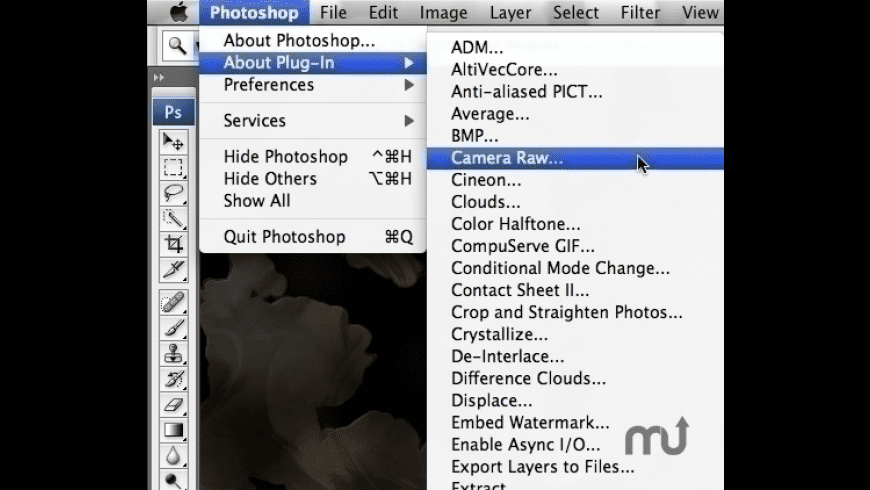- How to enable Flash player in Chrome. Since Google Chrome automatically disables Flash player, you'll need to enable it if you want it to work. Access content settings. As Chrome has its own built-in version of Flash, you don't need to install a plugin or anything. And the easiest way to get into Chrome's settings is by visiting chrome.
- This wikiHow teaches you how to enable Flash in Google Chrome on on a PC or Mac. Chrome does not support Flash on Androids, iPhones, or iPads. Support for Adobe Flash ends in December 2020. After that time, it will no longer be possible to use Flash.
Because Flash will no longer be supported after 2020, it is turned off by default in the new Microsoft Edge. Other browsers like Google Chrome, Mozilla, and Safari are also planning on removing Adobe Flash in the same timeframe. For more information about the end of Flash support, see Adobe Flash end of support on December 31, 2020.
Remember Adobe Flash player? It's that nifty software that lets websites embed videos and web games. Whole websites can even be powered by Flash.
Although Flash usage is way down, and Adobe is retiring the software in 2020, certain sites still use it today. And if you come across one of those sites, you're probably gonna want to see what that content is.
In this tutorial, we'll walk through the steps you need to follow to enable Flash player in Chrome.
How to enable Flash player in Chrome
Since Google Chrome automatically disables Flash player, you'll need to enable it if you want it to work.
Access content settings
As Chrome has its own built-in version of Flash, you don't need to install a plugin or anything.
And the easiest way to get into Chrome's settings is by visiting chrome://settings/content. Once you're there, scroll down until you see the option for Flash player:
Allow Flash to run
Click on 'Flash' and, where it says 'Block sites from running Flash (recommended)', toggle the switch on. It'll now say 'Ask first':
Now, when you go to a site that uses flash, it'll ask you whether you want to allow Flash to do its thing. Always good to double check.
Congrats - you're halfway there.
How to give specific sites permission to run Flash
Now that you've given Chrome permission to ask for your permission to run sites with Flash (whew), you need to tell it which sites to allow.
Go to your favorite Flash-using site
Let's embrace a little child-like wonder and magic, shall we? Disney's Magic Kingdom site uses Flash, and we want to see all that glittery magical goodness.
Adobe Flash Player Download For Chrome
Once you navigate to the site, look for the little grey lock in the address bar:
Update its Flash settings
Click it, and then select 'Site settings' at the bottom:
This will bring you to a menu with a number of options. Partway down you'll see Flash. To the right, you'll see a dropdown that says 'Block.'

To allow Flash, you must click that dropdown menu and select 'Allow' instead:
Download Adobe Flash Player For Mac Google Chrome
Now if you go check your general Flash settings again in Chrome, you'll see that site on your 'allowed' list:
Go back to the site and reload the page. All that Flash content will be flashing away.

Caution: if you're using a site you don't know, beware: Flash is prone to security vulnerabilities, so be careful when enabling it.
And one final note: if you close your browser, you'll have to go through this process again the next time you want to enable Flash. Chrome is actively discouraging users from allowing Flash to be enabled, so they make it as irritating as possible.
Google Chrome is the most widely used web browser in the world. Users enjoy its fast loading speed, cross-device integration, and tabbed browsing. Google Chrome does not come installed as a standard on new Macs or PCs. Their native web browsers (Safari and Microsoft Edge, respectively) are automatically installed, forcing users to install Chrome themselves.
Enable Download Adobe Flash Chrome
Seamless internet navigation
Chrome is an ideal browser to enjoy easy, coordinated online browsing across various devices.
Whether you have a new Mac or an older one, Google Chrome sets the bar high for web browsers. You want a browser that is safe, easy to use, syncs data and content across all your devices, and operates quickly. Google Chrome is the solution that over 63% of the world turns to and with good reason. Mac users have distinguished taste and as such, expect high quality in their hardware and software products. Google Chrome delivers this to Mac users with its low CPU usage, reliability, and overall browsing experience. It delivers a high-quality browsing experience to Mac users with its low CPU usage, reliability, tabbed browsing, cross-device syncing, and lighting fast loading speed.
Google Chrome for Mac has a laundry list of features, earning its spot as the top web browser of choice for both Mac and PC users. It offers thousands of extensions, available through the Chrome web store, providing Mac owners with even more functionality. Adobe Flash is also available when you install Chrome on your Mac. The overall appearance is professional and clean. Enjoy customized browser preferences including your homepage of choice, sync and Google services, Chrome name and picture, importing bookmarks and settings, autofill capabilities (passwords, payments, addresses, etc.), toolbars, font, page zoom, and startup settings. Chrome’s user interface is incredibly easy to navigate. Adobe lightroom classic cc. Multi-tasking just got easier with tabbed browsing, which not only helps productivity, but looks clean and organized. Since Chrome can be downloaded on all of your devices (computers, phones, tablets), if you open a browser or perform a search on one device, Chrome will auto-sync that work stream on your other devices. If you look up a dinner recipe at work on your Mac but need the ingredient list at the grocery store? No problem - pull up the same tab within Chrome on your iPhone. Once you are home and ready to start cooking, just pull up the same Chrome recipe tab on your tablet. With the world moving faster than ever before, functionality like this can help make life a little easier.
Chrome’s password, contact information, and payment autofill capabilities are revolutionizing users’ online experience. Upon your consent, Chrome’s autofill feature will easily fill out your name, address, phone number, email address, passwords, and payment information. If it’s time to register your child for the soccer season but your wallet is downstairs, Google Chrome has your back, helping you easily fill in the data, so you can stay in your comfy chair. Chrome will only sync this data on your approved devices, so you can rest easy that your information is safe. CPU usage is immensely important when choosing a web browser. Keep your Mac’s CPU free by browsing with Google Chrome, maximizing overall system performance. Chrome for Mac is currently available in 47 languages. It can only be installed on Intel Macs, currently limiting its userbase. Mac users can manage how their browsing history is used to personalize search, ads, and more by navigating to their 'Sync Settings' within Chrome. Encryption options, auto-completion of searches and URLs, similar page suggestions, safe browsing, and enhanced spell check are also available within the settings tab, helping users feel more in control of their browsing experience. Users also have the option to 'help improve Chrome' by automatically sending usage statistics, crash reports, visited URLs, and system information to Google, or can easily opt out within Chrome’s settings.
Where can you run this program?
Google Chrome is available on MacOS X Yosemite 10.10 or later, Windows 7 or later, Android, and iOS devices. Chrome may successfully install on devices with lesser system requirements; however, Google only provides support on a system meeting the minimum system requirements.
Is there a better alternative?
For Mac users, Safari is the standard out-of-the-box browser installed on new devices. Most users prefer a web browser with better functionality than Safari. Chrome is harder on a Mac’s battery life than Apple’s native Safari browser. Can i download adobe cs3 free on my mac free. However, Chrome comes out ahead of Safari in terms of browsing speed, extensions, and video loading capabilities. Safari does have many of Chrome’s features such as tab syncing across devices and auto-filling based on previous searches. Mozilla Firefox is another commonly used web browser among Mac users, though its memory usage knocks it down on the list of competitors. The main draw to Mozilla Firefox over Chrome is that because Firefox is open source, nothing fishy is going on behind the scenes. Google is notorious for capturing and using data which rightfully makes people uncomfortable.
Our take
Mac users tend to do things their own way. You’ve opted for the non-mainstream computer hardware, so using the native installed Safari browser seems in character. Safari’s minimalist look draws Mac users in as well. Google Chrome is much more 'going along with the crowd'. Putting that aside, Mac owners should dig into what they really use their web browsers for, and determine if data privacy or features is more important to them. Better yet, why not have two browsers?

Should you download it?
Yes. For Mac users, Google Chrome’s quick speed and helpful features makes it an excellent web browser choice. Google’s controversial collection of personal and usage data is sure to make some pause on whether to install Chrome or not. However, if you are comfortable or indifferent to Google’s data collection, go for it; the browser's overall functionality is impressive.
75.0.3770.100

